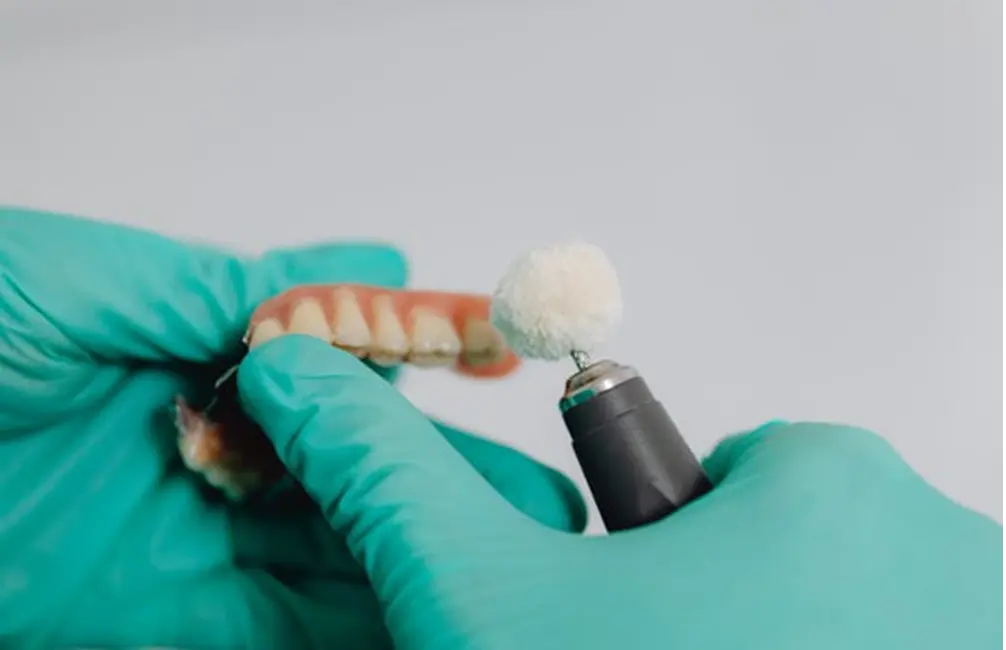5 Tell-Tale Signs that You May Need Dentures

A consistent toothache can be a real burden to deal with. This is especially the case if you’re also dealing with gum disease or dental abscesses. While over-the-counter medication may help to numb the symptoms, it doesn’t address the root cause of your dental issue. Not dealing with the underlying issue that’s causing your dental […]